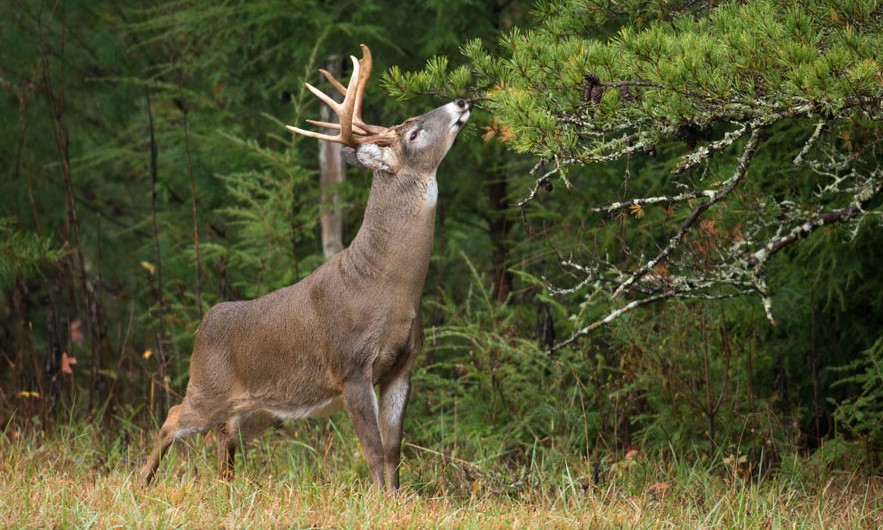Aging deer on the hoof is not an exact science. Aging deer is a learned skill that blends experience with the physical characteristics of deer. It’s very challenging to assign every buck an age that is specific to a single year, such as 3.5 year old buck, for example. It’s much easier to classify bucks as young, middle-aged, mature and then really old (post-mature).
However, hunters interested in the age-based harvest of whitetail bucks are interested in some level of deer management. It’s helpful to be able to assign individual bucks to specific age classes. It must be noted that the “management” of a deer population can vary widely by property. The goals will be different from hunter to hunter or landowner to landowner. In pretty much all cases though, aging deer on the hoof is important.

Aging Deer on the Hoof is Harvest Management
Quality deer management involves managing deer and their habitat. Most whitetail experts will tell you that age, genetics and nutrition are the three critical aspects of deer management. It all boils down to harvest regardless of the intensity of management taking place on a property. Deer harvest is a key aspect of deer management.
The genetics of a deer herd are nearly impossible to change. Females contribute at least half of genes for each fawn. It’s impossible to measure the quality of her contribution. Deer nutrition is directly related to habitat quality and total deer numbers. It takes serious effort to lower deer density and improve habitat quality in an area.
The most reliable aspect of deer management is controlling the age of a buck at the time of harvest. The key to accurately aging deer on the hoof is being able to recognize the physical characteristics of deer that change as bucks age. The ability to age live buck deer on the hoof is a skill that benefits both hunters and deer managers.
The Art of Aging Deer on the Hoof
The ability to accurately age live deer on the hoof is more of an art than science. However, scientific studies that have examined buck antler characteristics and morphometric features of white-tailed deer in an effort to find the “silver bullet” of deer aging. As it turns out, no single measurement or characteristic has proven foolproof for aging deer on the hoof in the field or from photos. Fortunately, research has found some generalizations that help.
Deer change from season to season. Whitetail bucks change a lot within a season, especially the breeding season. The best time for aging bucks on the hoof is just as the pre-rut period is ending and the rutting (breeding) period is beginning. No one person or even group of people will get the age of every deer correct. However, the practice of aging deer on the hoof is a beneficial skill for hunters and land managers interested in the age-based harvest of bucks.